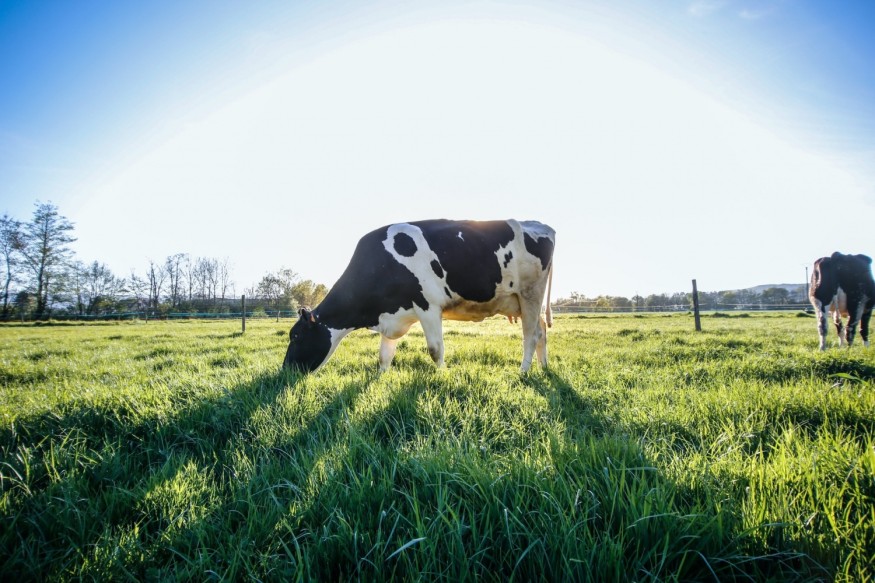Tackling global warming and climate crisis goes far beyond greenhouse gases in the atmosphere. Exhibit A: human-caused methane emissions from livestock.
Global livestock contributes significantly to the anthropogenic human-induced climate emissions mostly from hoofed animals including cows, sheep and goats with four-part stomachs. The digestive process of these herbivorous mammals produces about 14% methane from their burps and manure that calls for a need to reduce the sector's emissions and environmental footprint.
The UN talks note that reducing methane in the atmosphere is one of the most immediate opportunities to slow global warming "between now and 2040," says Durwood Zaelke, a lead reviewer for the Intergovernmental Panel on Climate Change.
This reduction includes alternative feeds for cattle, food waste reduction, and cut in meat and dairy production.
Absence of climate-specific targets for livestock farming in governments' net zero plan

Although US and EU had committed into reducing methane emissions by almost a third in the next decade, "No country has a real target to reduce its livestock-related emissions or meat consumption," says Christine Chemnitz, head of agricultural policy at Heinrich Böll Stiftung, an environmental NGO.
Unfortunately, the countries' net zero plan only goes as far as committing that "75% of farmers in England will be engaged in low-carbon practices by 2030".
So far, only New Zealand had passed a legislation to cut greenhouse gases from livestock, but their government had advised to cut number of cows as farming emissions continue to rise.
Meanwhile, Scottish government have planned to reduce emissions from farming up to 9% below 2018 levels by 2032, but still did not include specifics on livestock, as well as Denmark, Europe.
On the other hand, California has set a target to reduce emissions from livestock sector by 40% below 2013 levels by 2030, "but is not on track to meet that target."
"The legally binding targets that we see from countries are not sector specific. They tend to set emissions targets with flexibility about how they are achieved," says Ben Henderson, agricultural policy analyst at the Organization for Economic Co-operation and Development (OECD).
Also read : Crows Find 'Pleasure of Accomplishment' and Show Positive Behavior After Utilizing Tools
Cut in meat production
Some countries like Brazil and Argentina, world's biggest producers of beef products and animal feed crops, have argued against reducing meat consumption to cut greenhouse gas emissions.
However, Chemnitz said that the EU's target of reducing emissions by at least 55% by 2030 is "definitely not fulfillable without reductions in livestock and meat consumption."
In addition, the Irish government noted that 51% reduction in climate emissions by 2030 as advised is "not achievable with its ever-expanding dairy industry."
"Like climate itself a decade or two ago, the science for needing to address agriculture and diets is strong, but the political will to skew the system to making harmful things less available and better things, like fruit and veg, more available and cheaper, and helping the market adjust to improve people's health and the planet is lacking," says Prof Tim Benton, research director at Chatham House.
This means despite limitations in climate-specific targets for livestock farming, governments could impose environmental policies and restrictions in meat and dairy sectors.
© 2025 NatureWorldNews.com All rights reserved. Do not reproduce without permission.





